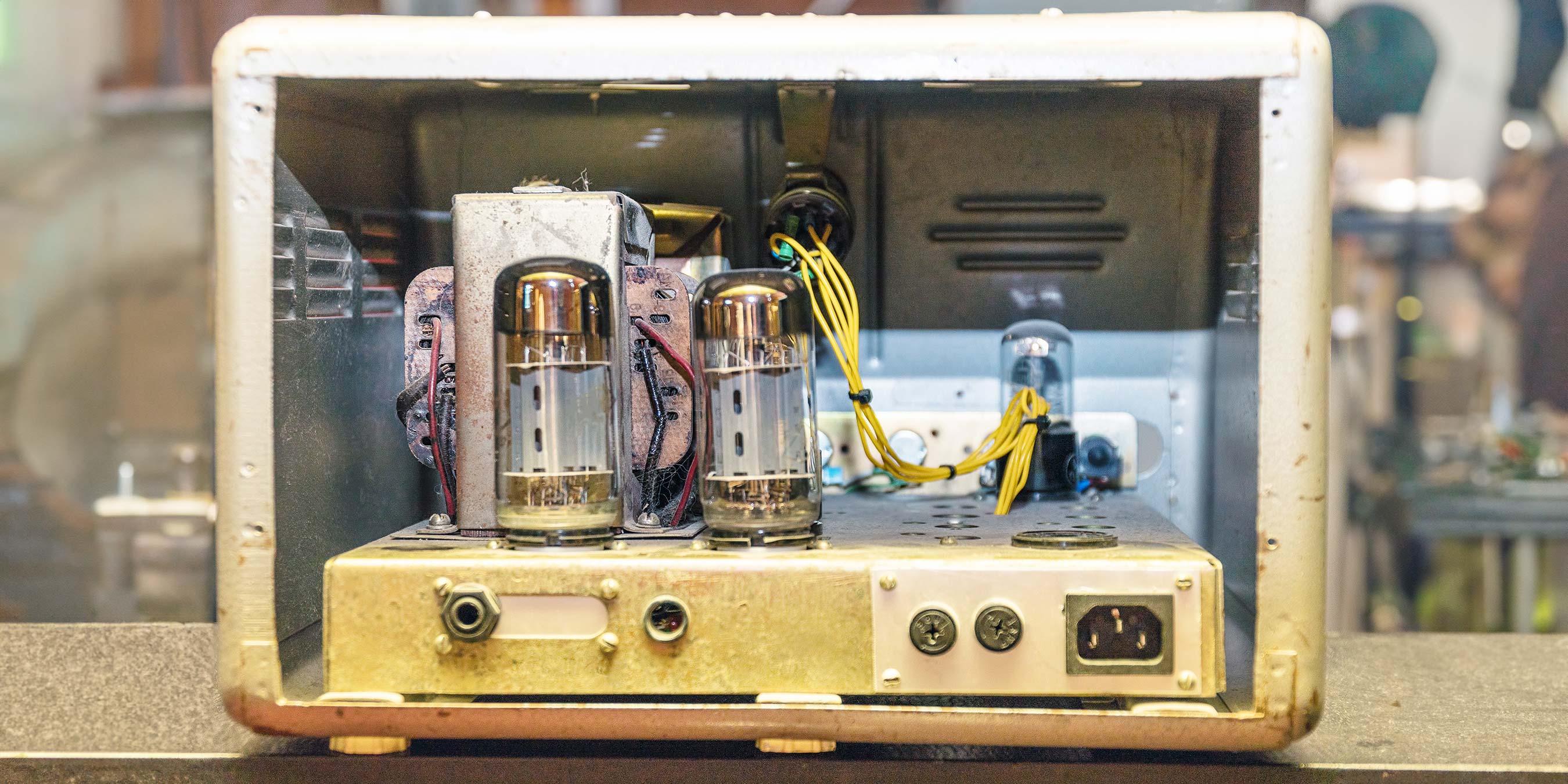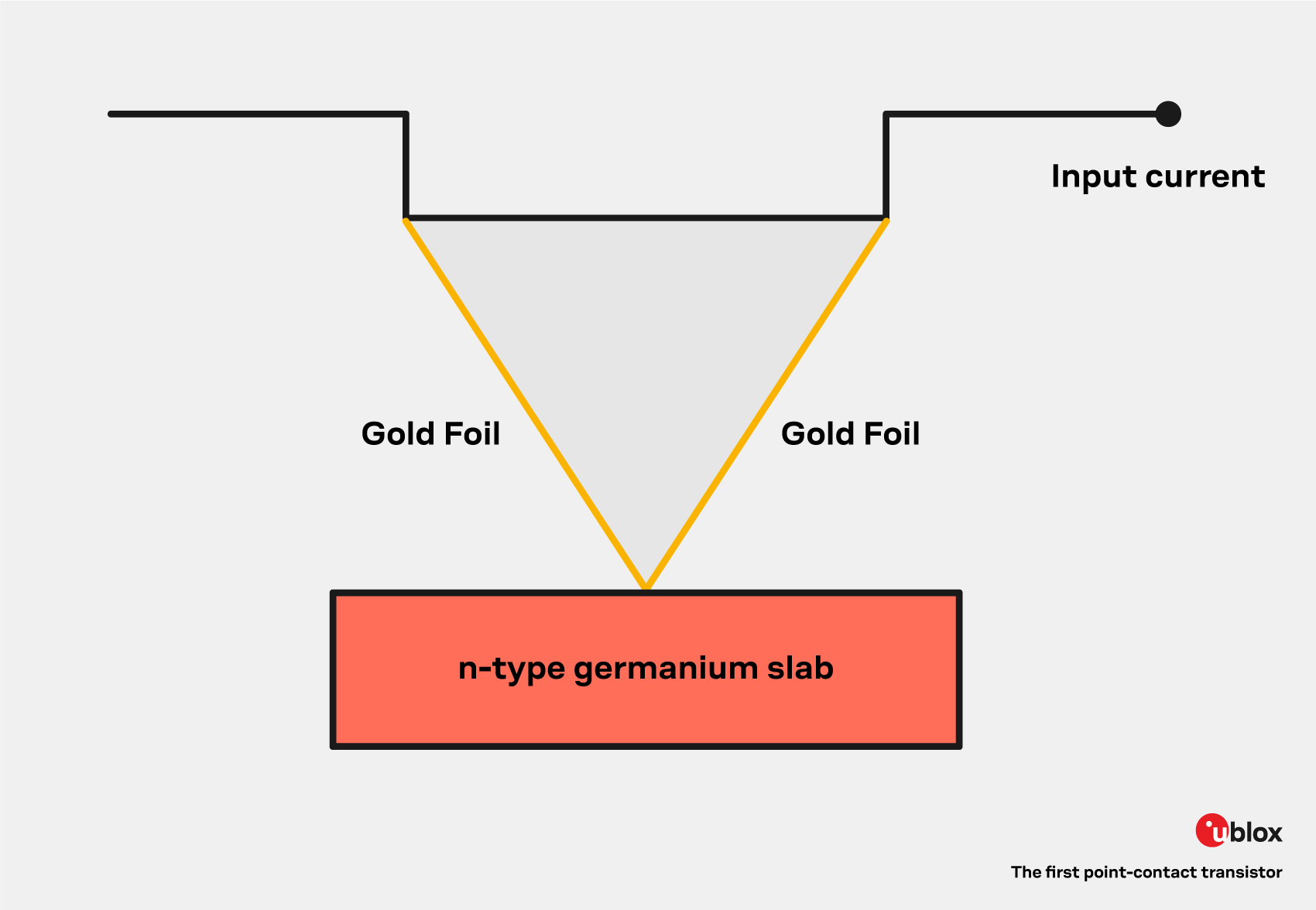
Insights
|
23 Jul 2024
What milestones mark the development of semiconductors? Part 1
The early years: from vacuum tubes to the first integrated circuit

Every year, the global electronics industry produces trillions of semiconductor electronic components, such as integrated circuits (ICs), transistors, diodes, and LEDs, among others. These small pieces of technology are embedded in and power a wide range of electronic devices, from smartphones to automobiles, playing a vital role in our hyper-connected daily lives.
Most silicon semiconductors can act as either a conductor or an insulator of electricity. This specific property, which is rare in most materials, makes them unique because engineers can control and modify the conductivity in various ways, from introducing impurities to applying an external electric field.
The contributions of people like Michael Faraday, Thomas Edison, Heinrich Hertz, J.J. Thomson, and even Albert Einstein paved the way for understanding the properties of semiconductors.
From theory to practice, the transition from vacuum tubes to transistors was a significant milestone. This first step toward a world with more semiconductor devices than living entities (let’s leave out microorganisms…for now), opened the door to the developments that eventually led to the first ICs.
The flow of electricity in a vacuum
Vacuum tubes (also called electron tubes or thermionic valves; choose your favorite term) were used in electronic devices before the advent of transistors and ICs.
How do they work? Unlike sound waves, which require a medium, electrons can flow through the vacuum space when a voltage is applied to the cathode. This principle enables their control when other elements, such as grids and anodes, are placed inside the tube. The ability to control the flow of electrons turns out to be essential for amplification, switching, and signal processing in electronic circuits.
Vacuum tubes powered televisions, radios, and even early computers for about a century, roughly from early development at the end of the 19th century to the replacement of CRT TVs with flatscreen TVs in the 2000s.

Although they dominated the electronic stage for all this time, transistors eventually came to replace them. Several reasons led to this technology migration, with size, reliability, and power efficiency at the top of the list.
The point-contact transistor
John Bardeen, Walter Brattain, and William Shockley developed the first practical semiconductor device at Bell Laboratories in 1947, a discovery worth earning the Nobel Prize in Physics in 1956.
The point-contact transistor, a more compact and efficient device that began replacing vacuum tubes in the 1960s, was the spark that laid the foundation for modern semiconductor technology. One of its earliest applications was in amplification circuits.
A key characteristic of transistors is their ability to amplify electrical signals. One immediate application of the point-contact transistor was in telecommunications, where it contributed to developing smaller, more efficient telephone systems for long distances.

As for commercial applications, transistors were initially used to produce hearing aids. Their small size, low power consumption, and high reliability made them ideal for this purpose.
The bipolar junction transistor
After this initial discovery, the same scientists developed the bipolar junction transistor, ultimately leading to the creation of the first practical transistor. This device revolutionized electronics and opened the door to the myriad electronic devices we use today.
The bipolar junction transistor (BJT) consists of three semiconductor layers. It can be configured in two ways: either an NPN (Negative-Positive-Negative) configuration, where two n-type layers sandwich a p-type layer, or a PNP (Positive-Negative-Positive) configuration, where two p-type layers sandwich an n-type layer.
The primary use of this semiconductor device was to amplify electronic signals. With a small input signal, a flow of electrons between the emitter and the collector in an NPN transistor could generate a much larger output signal, resulting in signal amplification.
Integrated circuits, alias microchips or chips
The next step in the development of semiconductor devices was the IC. In the history of science and technology, it is common for two scientists to progress in the same direction without knowing each other. This was the case with Jack Kilby at Texas Instruments and Robert Noyce at Fairchild Semiconductor, who independently invented the IC in the late 1950s and early 1960s.
Their invention combined junction transistors, resistors, and capacitors in a unique semiconductor material. ICs brought numerous benefits, including miniaturization, increased reliability, reduced cost, improved performance, and enhanced versatility.
- Miniaturization enabled the packing of thousands to millions of transistors, resistors, and capacitors onto a single chip. This reduced the size of electronic devices and increased their functionalities.
- Reliability improved as the number of connections between electronic components decreased.
- Affordability increased as ICs eliminated the need to assemble individual components.
- Proximity of components on a chip reduced signal propagation delays, contributing to the overall performance of electronic systems.
- Versatility was evident as ICs could perform well in various applications, enabling the creation of a wide range of electronic use cases.
First IC
The Fairchild Semiconductor 910 resistor-transistor logic (RTL) gate was the first commercial integrated circuit device, introduced in 1961. Commonly known as the Fairchild 910 RTL gate, it served as a basic digital logic circuit employed in electronic devices and applications, including computers, calculators, control systems, communications systems, and test and measurement equipment.
The 1960s and onwards
From the early 1960s to the present day, ICs have become ubiquitous in electronic devices. Everyday appliances such as refrigerators and washing machines contain ICs that perform functions ranging from the simplest to the most complex.
You are reading this blog on a computer, tablet, or smartphone – devices that can contain any number of ICs, ranging from dozens to hundreds or even thousands. Depending on their function, ICs – including microprocessors, memory chips, sensors, and others ‒ are all working in harmony for you to read this blog on a screen.
Thanks to the numerous improvements ICs have undergone over the last decades, the mentioned devices have become powerful enough to carry out complex tasks and calculations, convenient in size (making them portable), and efficient in battery consumption, allowing them to minimize energy consumption and operate unplugged for hours.

From the first ICs to today’s technology, there have been several steps, each deserving a closer look. The second part of the blog will then cover the progress of semiconductor technology over the past sixty years. We will discuss some of the key advances, including FETs (field-effect transistors) and MOS (metal-oxide-semiconductor), which are fundamental to modern digital devices. The blog will also explore the art of manufacturing and packaging these miniature components. Stay tuned for the upcoming second part of this story.


